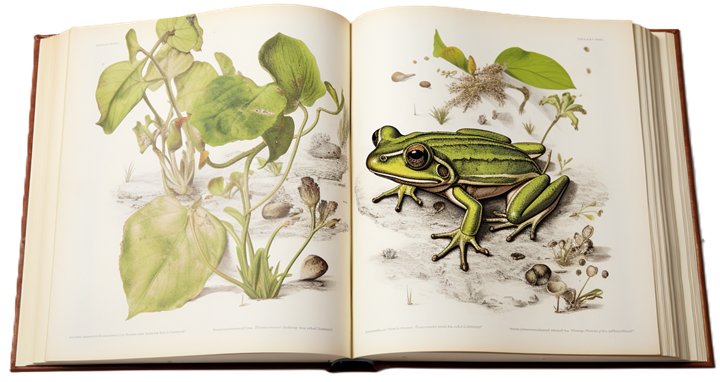AP Biology Ch 1 and Ch 2 Study Guide
Learning Objectives
Use this page as a review guide to check on topics you have been introduced to. The test will be a mix of multiple choice questions (these are low level, vocabulary type questions similar to what you have encountered on the chapter quizzes) and short answer and free response questions.
- Multiple Choice: Level 1 questions that usually focus on important terminology and vocabulary
- Short Answer: Level 1-2 questions that require you to answer in 1-2 sentences or short phrases.
- Free Response: Longer for questions which will ask you to examine data or research and provide a more detailed response to a question. (1-2 paragraphs) - You will likely only have 1 of these types of questions. Consider using the CER method for your responses (claim-evidence-reasoning).

Learning Objectives: Chapter 1.1 (The Science of Biology)
Design and/or evaluate a scientific investigation using evidence of scientific thinking and/or problem solving.
Summarize the steps of the scientific method.
Interpret and analyze data to make predictions and/or defend conclusions; graph data according to scientific conventions
Identify the dependent and independent variables in an experiment. (DRY MIX)
Evaluate data by calculating standard deviation, mean, and median. Be able to identify how error bars are used in scientific data collection and data analysis.
Make specific statements that demonstrate inductive/deductive reasoning; explain how this type of reasoning is used in science.
Discuss the limitations of scientific processes. (falsifibiability, natural causation, proving negatives, confirmation bias, correlation/causation)
Explain the importance of peer review and publication.
Explain how theories are used in science, contrast to how laws are used.
Learning Objectives: Chapter 1.2 (Themes and Concepts of Biology)
Define and provide examples of each level of organization; define emergent properties.
Describe the properties of life and provide examples for how these properties can be observed.
Examine a set of observations about nanobacteria and make a determination regarding whether nanobacteria should be considering a living organism. (Case Study)
Establish a relationship between energy , regulation, and homeostasis.
Appreciate the diversity of life, providing examples of organisms found in each of the 3 domains
Chapter 2: The Chemical Foundation of Life
This chapter is briefly discussed and is considered a review of basic chemistry. Read the chapter to refresh your memory on atoms, molecules, compounds and bonding. Skim the information about the periodic table and how it can be used to obtain information about specific elements. The main focus for for biology is the sections on water and on carbon.
Explain how the properties of water make water essential for life on Earth.
- polarity
- heat capacity
- heat of vaporization
- solvent (dissociation)
- cohesion / adhesion
Compare an acid to a base, paying close attention to how hydrogen ions play a role in these types of compounds.
Define isomer and provide examples of structural isomers (glucose & fructose)
Describe the properties of the carbon atom that make the diversity of carbon compounds possible.
Identify functional groups of organic compounds and provide examples.
- hydroxyl
- carbonyl (ketones & aldehydes)
- carboxyl
- amino
Discuss how the chemical structure of alcohols influence the effect on living systems (Article: Wood Alcohol Poisonings)
Next Generation Science Standards
HS-LS1-2 Develop and use a model to illustrate the hierarchical organization of interacting systems that provide specific functions within multicellular organisms
HS-LS1-6 Construct and revise an explanation based on evidence for how carbon, hydrogen, and oxygen from sugar molecules may combine with other elements to form amino acids and/or other large carbon-based molecules.
Science Practices
1. Asking questions (for science) and defining problems (for engineering)
2. Developing and using models
3. Planning and carrying out investigations
4. Analyzing and interpreting data
5. Using mathematics and computational thinking
6. Constructing explanations (for science) and designing solutions (for engineering)
7. Engaging in argument from evidence
8. Obtaining, evaluating, and communicating information